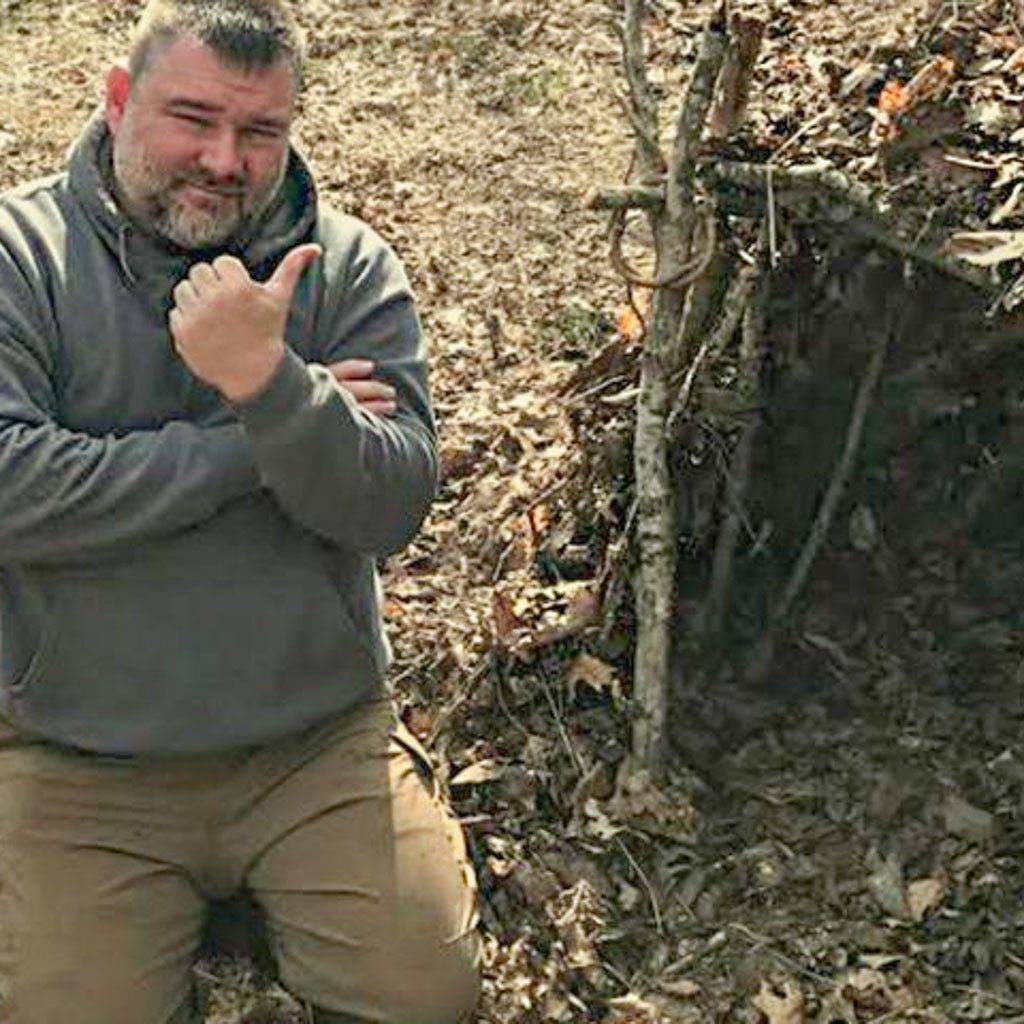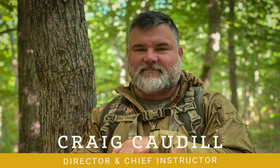
Survival Debris Huts, are they a viable option?
I have been wanting to do a woods experiment on the popular debris hut for quite some time. It seems that debris huts are widely accepted as the best option in a wilderness area if you find yourself in need of shelter and have no gear. Personally, I think there are better options out there. But, and this important to understand how I do things, I am open to the possibility that I am wrong on that. As I have said before, I approach my opinions as nothing more than hypothesis that need to be proven or disproven.
What I did was build a debris hut and test it out as best I could with equipment, knowledge and opinions I have. There were things that surprised me about it, and some that did not. I do not normally make such long videos but I felt it necessary to cover this topic adequately. I would enjoy hearing others experience with these as well. For me to do this experiment I am only one person, with one debris hut, in one set of conditions. That is not a large case study for certain.
So please add to the conversation in the comments section of youtube. Tell me what you think about my experiment and what your experience with them is as well. Please, please, please do not share your opinions if you have no experience with them. However I am interested to hear what others EXPERIENCE with them are. I am incredibly aware of how most “survival” instructors feel about debris huts. At this point there is so much information on survival that is simply “copy and paste” from someone else. You will see why I think many of the instructors use these in classes (note – it is not what you might think).
After watching the video come back to this blog piece and look below the video here. I have listed many scientific principles, their formulas, and how they apply to a debris hut.
Scientific principles of heat loss, and their role in our debris hut setup:
- Conduction: heat from your body is lost when whatever your skin is in direct contact with, is colder than it is. When your clothes are compressed against the leaves on the ground, heat will transfer to the ground via your clothes, then the leaves. This is why a debris hut is completely useless if you do not put leaves on the ground. Heat is lost in air temperatures lower than 68°F (20°C). The body loses about 2% of its heat through air conduction.
- Radiation: heat that is generated and then given off into the surrounding atmosphere. This is not a problem if it can be captured and kept immediately surrounding your body. This normal process of heat moving away from the body usually occurs in air temperatures lower than 68°F (20°C). The body loses 65% of its heat through radiation. In our example this would not be a problem if the leaves that cover the debris hut could capture and hold enough heat. Our temperature gauge proved this to be false. The temperature difference directly above me in the enclosure was negligible after the critical 5 hour window that I was in it. As I mention in the video, for a healthy person who is hydrated, decently nourished and without injury (such as in a typical survival class or training event) this would not be problem. In a true event where someone may be injured, dehydrated and has more physiological issues, this could prove to be a killer.
- Convection: heat loss from the outside influences surrounding the body. The body loses 10% to 15% of its heat through convection. My debris hut would minimize this heat loss very well. There would be virtually no wind inside the hut to push heat away from my body. Therefore, the debris hut is a good choice for situations where this may occur.
- Evaporation: this is where the body sweats and heat is lost through that process. When the body temperature is higher than 99°F (37°C). During intense exercise, the body loses 85% of its heat through sweating. In our example I took my sweet southern time in building this thing to avoid overheating. I still sweat a fair amount. That was in a situation, as I mention in the video, that I am well fed, hydrated when I start, and not stressed. For someone with lots of experience and training they can keep calm in a true survival situation. For the rest, it would be difficult. There is too much data and relatable stories available with a quick google search to indicate most do not keep themselves calm at all. (You can also find many of these tragic stories and how to keep them from happening to you in my book, Extreme Wilderness Survival)
In summary, I would like to say this for certain. I am incredibly well aware that many experienced, well-trained and knowledgeable “survival” instructors feel this is a great option. Like many of them I did too for a few years. That is exactly why I did this experiment. When doing research for another project (that will come later) it came to mind that I could not find anyone who had used this in an unplanned emergency. Many, many people have used them in a planned, thought out training events. If you do have information on how this was used other than in a planned event. Please share it with us and we will edit into this blog piece.
As for final summary:
- Debris Hut for Team Building – YES
- Debris Hut to stay dry – YES
- Debris Hut for maintaining body heat – NO
Come on, join in, let’s learn together!
 Craig Caudill is the Founder and Chief Instructor of Nature Reliance School. He specializes in teaching outdoor related topics to include, survival, tracking, go-bags, nature awareness and gun safety for private and public groups, and government agencies. Craig’s first book is Extreme Wilderness Survival from Page Street Publishing, distributed by Macmillan Publishing
Craig Caudill is the Founder and Chief Instructor of Nature Reliance School. He specializes in teaching outdoor related topics to include, survival, tracking, go-bags, nature awareness and gun safety for private and public groups, and government agencies. Craig’s first book is Extreme Wilderness Survival from Page Street Publishing, distributed by Macmillan Publishing
Craig is a also frequent contributor to TV outlets, blog sites, magazines and is a popular online outdoor educator on his YouTube channel. Pick up the book, subscribe to him on youtube, or join Craig in a class so he can help you be more safe and aware in the outdoors.
Share This


Leave a comment